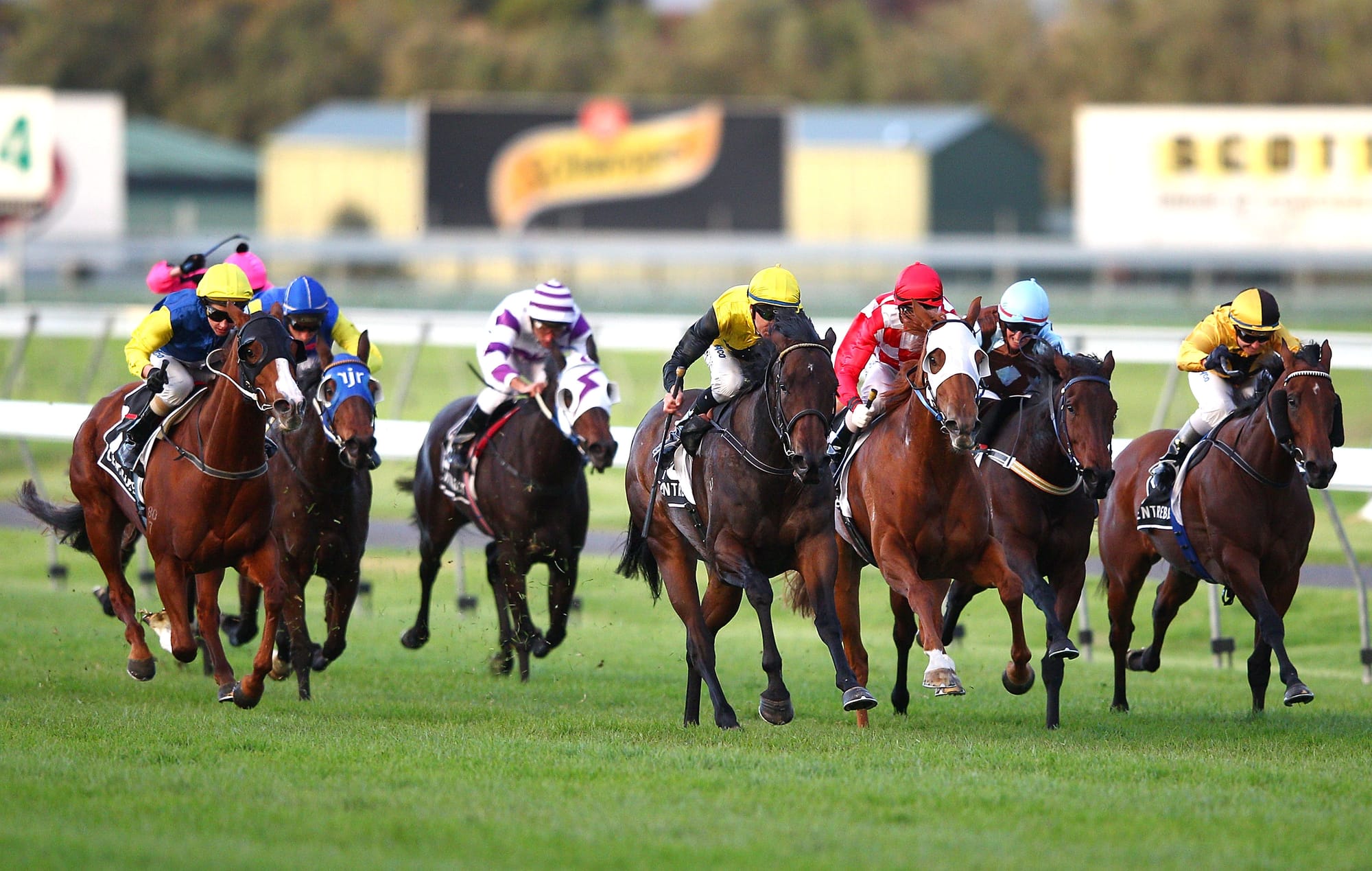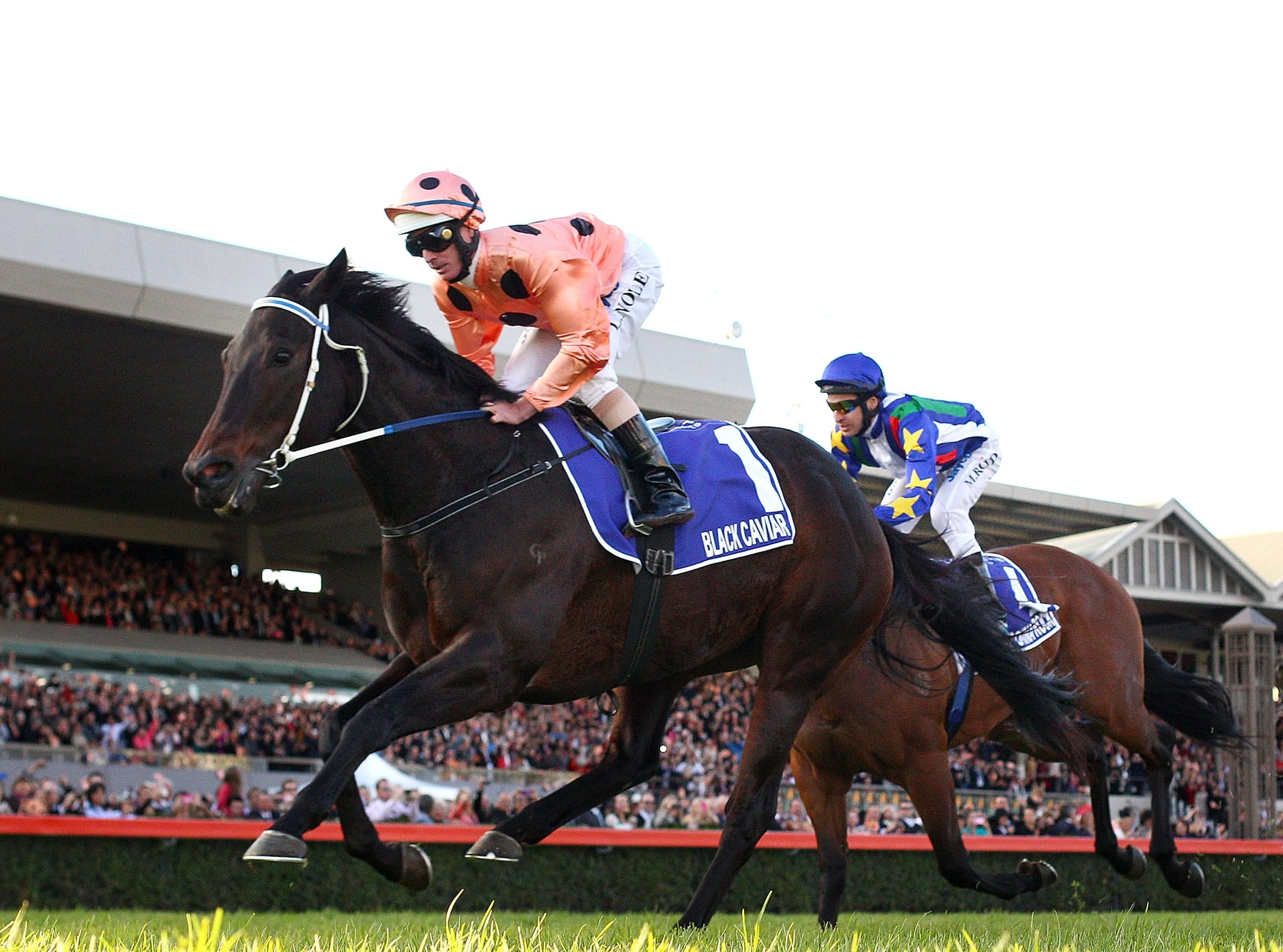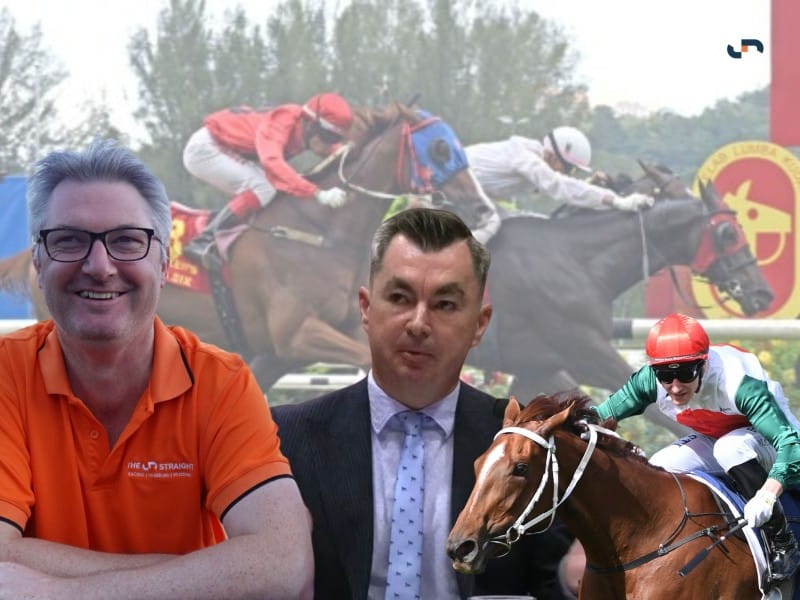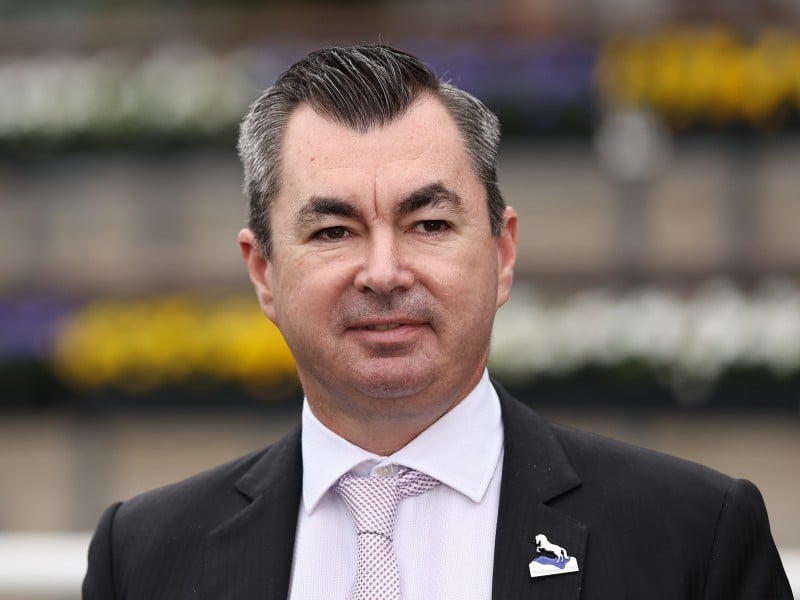SA racing adds nearly $500 million in economic value despite declines in breeding and attendance
The state of South Australia is nearly half a billion dollars better off every year because of the thoroughbred racing industry, according to a report commissioned by the industry from consultants IER.

The report, released this week, sets out the economic and employment contributions the three codes of racing made to South Australia in 2022/23.
Across thoroughbred ($471 million), greyhound ($125 million) and harness ($74 million), the reports state that the racing industry put an extra $670 million of economic value into the state
This number is made up of $573 million in direct spending by the industry plus knock-on impacts.
All in all, 2419 people were employed directly by the industry with an extra 2552 involved sectors directly related to racing.
Of this total of 4971, thoroughbred racing made up the lion’s share at 3505, while greyhound racing had 918 and harness racing 547. The total household income of those people exceeded $380 million.

IER conducted a similar study in 2016/17, assessing the total economic contribution from thoroughbred racing at $360 million, $111 million less than in 2022/23.
The number of full-time equivalent jobs created by the racing industry has also jumped from 2933 in 2016/17 to 3505 in 2022/23.
More than half of those roles are in regional areas, which contributed to the broad impact of the thoroughbred industry across South Australia, according to Racing SA Chair Rob Rorrison.
“The South Australian racing industry has a strong presence in regional communities, with over 55 per cent of the roles in racing located outside metropolitan areas. This demonstrates the industry’s contribution to regional employment and community engagement,” he said,
“This report also highlights the importance of the racing industry to the South Australian economy and its role in fostering social and community connections. The industry’s economic value, employment opportunities, and community engagement make it a significant contributor to the overall well-being of the state.”

The stagnant state of the South Australian breeding industry was laid bare in the report, which said there were just 463 foals produced in the state in that season. That compares with 473 in 2016/17. There were 15 active stallions as compared to 29 while the number of broodmares covered was almost identical.
The number of thoroughbred horses in training in South Australia has increased from seven years ago from 2604 to 3064, while the number of race meetings has fallen slightly from 183 to 180. The number of races also dropped from 1444 to 1410.
Race meeting attendance took a major hit, down from 367,000 to 168,000.





